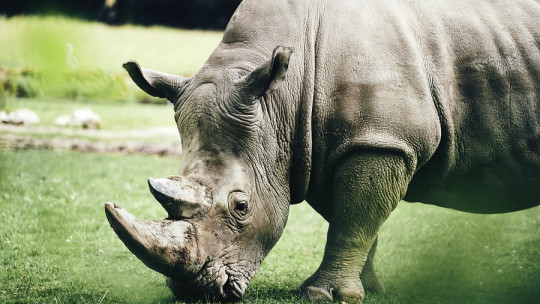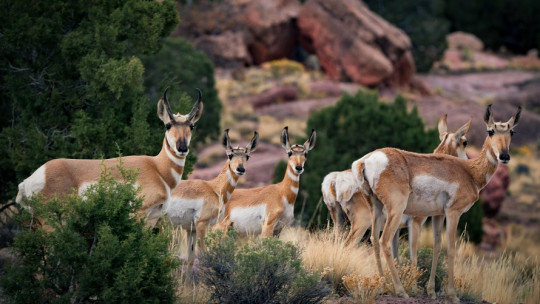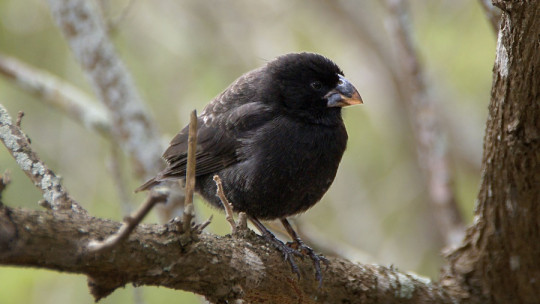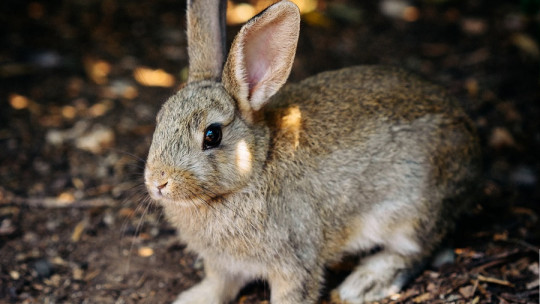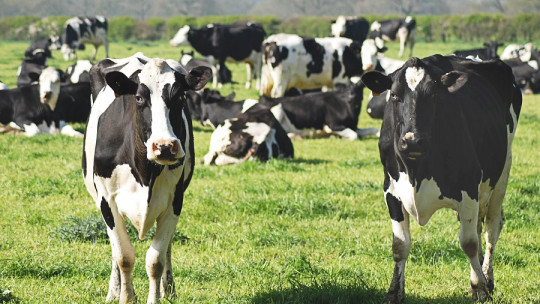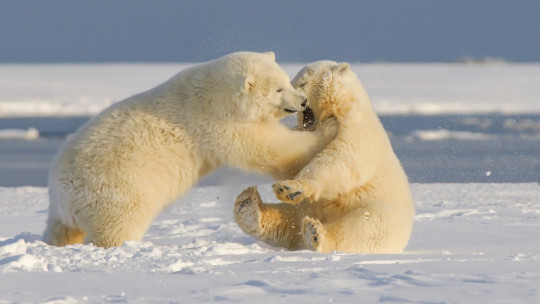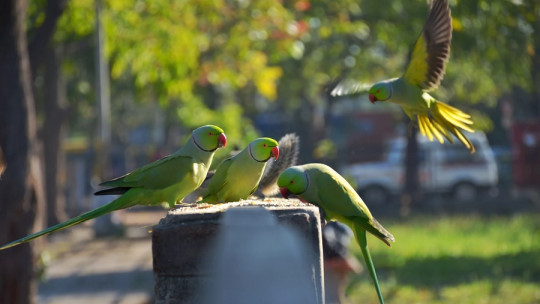
Since the date of publication of “The Origin of Species” by the famous Charles Darwin in 1859, humans no longer conceive of living beings as immovable and static entities in their evolutionary history. According to the postulation of the theory of natural selection, living beings undergo random mutations throughout generations, and some characters are fixed due to their usefulness, while others are discriminated against and disappear over time.
For example, an individual of a specific bank-colored moth species may suffer a mutation in a melanin-producing gene during its development and, therefore, present a completely black color. If this character is heritable and helps the specimen to remain hidden in the bark of the trees for longer, it will reproduce more times, since its biological fitness will have increased. Thus, this trait will spread throughout the population, since black moths will reproduce more on average than white ones. It’s that simple.
On the other hand, the black color of the moth may attract the attention of predators more easily and the mutated individual is preyed upon as soon as it is born. In this case, it would die directly and the deleterious gene would disappear from the population’s genetic pool. With these foundations laid, we immerse ourselves in the founder effect, or what is the same, the consequences derived from the existence of a very small population of a species in a given ecosystem
The basics of genetic drift
As we have already said, Darwin postulated in “The Origin of Species” natural selection as an evolutionary driver of populations, but it is interesting to know that this is not the only mechanism in nature that varies the allele frequencies of living beings. Also we have genetic drift, a completely stochastic process that is a consequence of random sampling in reproduction and that, in general, tends to reduce genetic diversity of the organisms (homozygosity). Let’s look at the same example cited above from another perspective.
Let’s say we have a mini-population of 5 moths, 4 white and one black. It turns out that the black color is truly beneficial for the species because it allows excellent mimicry in the bark of trees, but unfortunately, the mutated black specimen dies when it crashes into a car glass. His color had nothing to do with his death and, despite having a beneficial character, it is completely erased from the population.
Due to this “sampling error”, completely viable alleles for a specific population can sometimes disappear, without taking into account logical reasons or the mechanisms of natural selection. In any case, it is worth noting that genetic drift acts much more strongly in small populations: If we had 5,000 moths in the aforementioned population and 1,000 of them were black, the probabilities that all the black ones would disappear at random are much lower.
When it comes to explaining genetic drift, many more concepts play essential roles. Some of them are allele frequencies, effective population size, possible bottlenecks, etc. In any case, in the remaining lines we are going to focus on one of the best-known causes of genetic drift in the world of zoology: the founder effect.
What is the founder effect?
The founder effect is one of the clearest causes of genetic drift mechanisms, along with resource limitations in a given environment and the evolutionary bottleneck. In this specific case, we talk about the loss of genetic information when a small section of a large population becomes independent of it on a different terrain
Let’s look for a new example, since the color of the moths is not enough. Now, suppose we have a population of 200 birds, which make a transatlantic migration every year from continent to continent to reproduce. For whatever reason, on one of these demanding trips, 10 of these birds separate from the initial flock in search of new territories and, exhausted, seek refuge on a small island in the middle of nowhere.
If this island has the necessary resources and there is a clear lack of predators, these 10 birds may settle on the island terrain and decide not to migrate. Thus, a new population of 10 specimens has been established from another that was made up of 200. The selection sampling has been completely random and, therefore, the allele frequency of the new individuals may be very different from what was expected. in the general population.
For example, 1 in 100 birds may have a larger beak than the rest and 1 in 50 may be green instead of yellow. If it turns out that, as a result of randomness, 3 of these founding birds present these traits in a total population of 10, it is more than possible that these alleles will be fixed in future generations despite not being “the norm.” So that, The founder effect can cause characters to be fixed in a species that, if it were a larger population, would never be fixed
The effects of the founder effect
As you can imagine, depending on the characteristics of the “founders”, a deep split can occur over time between the members of the original population and the new one. Things become much more interesting if we take into account that, in addition, natural selection is also likely to act on the founders’ alleles differently than those present in the large population
If we continue with the previous example, it is clear that being 10 individuals in an exotic environment is nothing like living in a group of 200 in a continental terrain. Therefore, the selected atypical traits (large beak and green color) may be beneficial in the long term for those who carry them. For example, it occurs to us that a green tone could mimic the bird on the tops of palm trees, and a large beak would be very useful for breaking coconuts and accessing food.
Thus, in addition to the “sampling error” of selection itself, it is possible that selection favors atypical genotypes (and phenotypes) over time due to new environmental impositions. Thus, the offspring of the founders would be increasingly greener and with larger peaks statistically speaking, until reaching a point of maximum suitability for the exploitation of their new niche. Remember that Evolution does not create perfect beings, because said colloquially and erring on the side of reductionism, “you do what you can with what you have.”
In this specific and perfect scenario, one could expect that the island colonizers would end up being a subspecies and, subsequently, their own species over the centuries. When a member of the island population is unable to reproduce with another of the original population (whether due to anatomy, behavior, prezygotic barriers and more) it can be stated that both specimens ultimately belong to a different species. This is a clear example of how the founder effect can induce speciation in an island environment.
Summary
We have presented you with an idyllic scenario so that you understand what the founder effect is, but unfortunately nature does not usually work that way. One of the great weaknesses of small populations is that they tend toward homozygosity and endogamy, that is, genetic variability is lost throughout generations due to a lack of unfamiliar reproductive individuals. Thus, it is most likely that a population of 10 individuals will never start and, if it does, the offspring 3-4 generations later will end up not being viable.
It is also possible that, for whatever reason, a character that previously increased evolutionary viability stops doing so over time.
If there is no genetic diversity (if the same alleles are always set), all individuals in a small population will be more or less equally prepared for environmental changes, so the risk of extinction multiplies considerably The founder effect can promote speciation, but also the complete disappearance of a population due to lack of genetic diversity.

